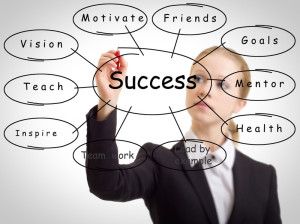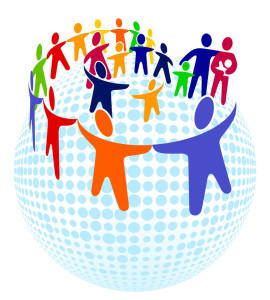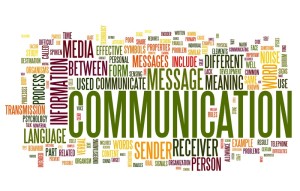It’s been almost four years since I started speaking and writing openly about the challenges facing women at work, the importance of developing women leaders, and encouraging women to pursue STEM careers.  I have no regrets about being outspoken on women’s issues.
I have no regrets about being outspoken on women’s issues.
It is encouraging to see organizations like CHIME and HIMSS focus on this in recent years and to see so many younger women share their own stories and provide advice to others.
I was happy to see the recent four-part series that Kate Gamble, Managing Editor of HealthSystemCIO.com, did on Women in HIT leadership. She interviewed an excellent group of women leaders – Sarah Richardson, California market CIO for HealthCare Partners; Tressa Springmann, SVP and CIO at LifeBridge Health; and Julie Bonello, CIO at Rush Health.
The series covered all the topics you might expect: their early leadership experiences and stories, core leadership competencies needed, the importance and challenge of maintaining work/life balance and supporting your teams, stereotypes of women leaders, the power and importance of mentoring, and learning from male dominated environments.
Their experiences, insight, and advice provide a rich set of lessons to learn from. I highly recommend you read or listen to the series at these links:
Women in HIT Leadership, Part 1: Identifying the Core Leadership Skills
Women in HIT Leadership, Part 2: Challenging Gender Stereotypes
Women in HIT Leadership, Part 3: The Future of the CIO Role
Women in HIT Leadership, Part 4: A Call to Action
In the closing comments of Part 4, Sarah says she is optimistic about the future for women but knows it is up to us as women leaders to make change happen. She quotes Sheryl Sandberg from Lean In, “If not you, then who?” and “If not now, then when?”. And Tressa talks about leading with grace in spite of the obstacles women face. Continue reading









